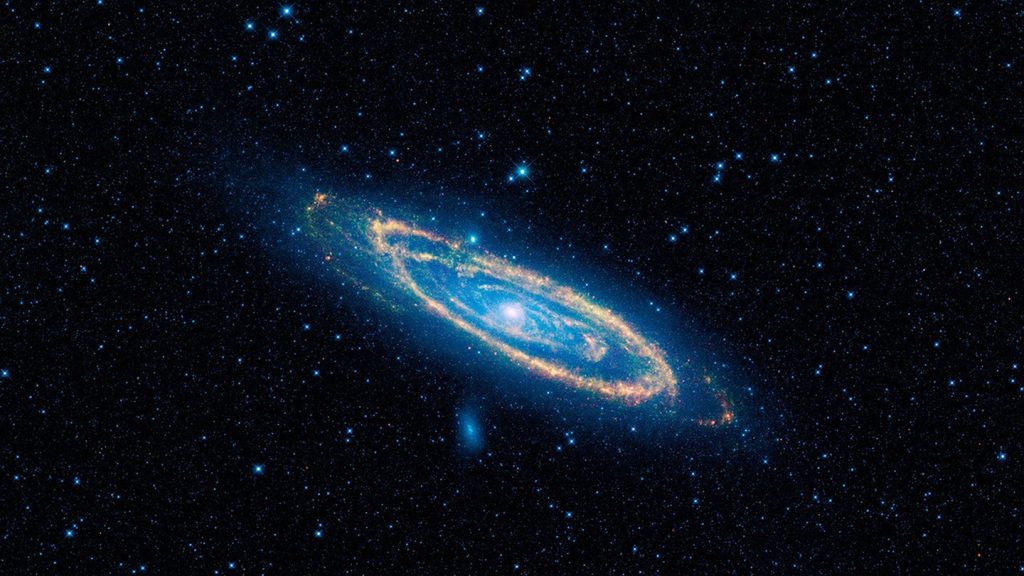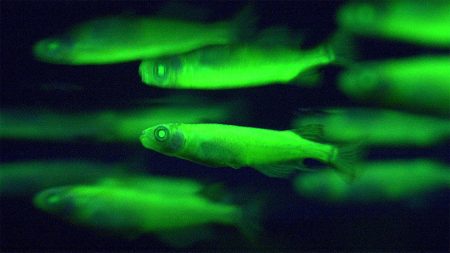A new study has suggested the existence of failed supernovas, which are stellar explosions that do not fully detonate but instead peter out. These failed supernovas would lead to the birth of black holes, as the star would switch off without any fireworks. While massive stars usually end their lives in dazzling supernova explosions, scientists suspect that in some cases, there is not enough energy for a full explosion to occur, resulting in these failed supernovas.
There has never been a conclusive detection of a failed supernova, but now there is a new candidate. A supergiant star spotted in the Andromeda galaxy faded dramatically starting in 2016, eventually vanishing completely by 2023. Astrophysicists are intrigued by this case because it follows the expected pattern of a failed supernova where a bright and luminous massive star suddenly disappears. However, the discovery is not yet conclusive, as there are other phenomena that can cause stars to dim, leading to misinterpretation.
One of the challenges in confirming this failed supernova is the lack of visibility of any tumultuous activity that should be present when a star switches off. The outer layers of the star are expected to puff off, but in this case, there was no visible light show. The researchers suggest that the star might have been stripped of some of its outer hydrogen envelope, but further investigation is needed to confirm this theory. The discovery of a failed supernova would offer important insights into the formation of black holes, as it would be the only feasible way of observing a black hole being formed.
While another possible case of a failed supernova was reported by researchers previously, follow-up observations have revealed conflicting results. The infrared glow observed from the vanished star adds a layer of complexity to the analysis, as it is unclear whether this could be caused by residual matter falling into a black hole or by other phenomena such as stars merging. Further observations with tools like the James Webb Space Telescope could help resolve these mysteries and determine whether these stars truly ended in failed supernovas.
Understanding the death processes of stars is vital for comprehending how galaxies acquire their populations of black holes and neutron stars, which are remnants of successful supernovas. Studying stellar demise is also crucial for understanding the distribution of chemical elements formed in stars throughout the universe. Scientists hope to one day predict the fate of a star based on its mass at birth, determining whether it will end in a supernova and create a neutron star or fail and give rise to a black hole. This research on failed supernovas could provide valuable insights into black hole formation and the different outcomes based on the mass of the star.
Overall, the study on failed supernovas presents a fascinating avenue for exploring the end stages of massive stars and the formation of black holes. The challenges in confirming these failed supernovas highlight the complexity of stellar evolution and the need for advanced observational tools to unravel these mysteries. Further research and observations, particularly with instruments like the James Webb Space Telescope, will be crucial in determining whether these vanished stars truly represent failed supernovas and shedding light on the processes that lead to the birth of black holes.















